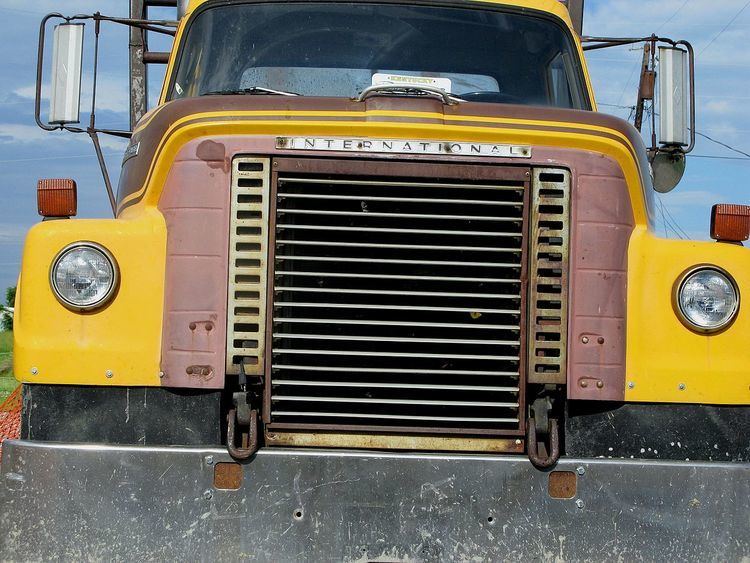Type Truck Class Class 7-8 | Production 1962-1977 Layout 4x2
6x4 | |
 | ||
Manufacturer International Harvester Successor International Harvester S-Series | ||
The International Harvester Fleetstar is a series of trucks that was produced between 1962 and 1977 by International Harvester. Slotted above the Loadstar and below the Paystar and Transtar conventionals introduced after it, the Fleetstar was a heavy-duty truck; it was one of the first designed for vocational use. Using a conventional-cab configuration, the Fleetstar was available as both a straight truck and as a semitractor, with both single and tandem rear axles.
Contents
In 1977, International Harvester merged the Fleetstar and Loadstar product ranges together into the all-new S-Series, with versions replacing the Fleetstar making their debut first. The International Workstar is the closest equivalent to the Fleetstar in the current International product range.
Models
1900
2000
2010
2010A
2050
2070
2100
These models of trucks were produced in 27,500 lb (12,500 kg) to 60,920 lb (27,630 kg) Gross Vehicle Weight Ratings (the loaded weight of the truck), with both single and tandem rear axle models. The Fleetstar line was larger than the Loadstar (International's medium duty lineup during this time) and smaller than the Paystar (severe service) and Transtar (primarily semi-tractors). Fleetstars used the "C" series cab popular on the Loadstar and pickups, and later on got the newer "D" series cab, with some overlap between the two models. There were Cummins, Detroit Diesel, and International Harvester built engines available in larger sizes than those of the Loadstar line. Frame rail and axle sizes were generally larger than their smaller cousin, and were of the completely straight design for strength. These frames were typical of International truck frames in general, having large flanges, and great strength.
These were simple and straightforward trucks with stubby noses and short turning radius. Their name is correct in that many were purchased as fleet trucks, and usually lacked the flash and comfort of the more custom Transtar series. These trucks were reliable, easily fixed and maintained, and offered a low cost heavy truck for those looking in this market area. The construction and heavy duty market also got its version of the Fleetstar with a special Construction package, but these were eclipsed by the smaller Loadstar and larger Paystar series of trucks. Many older Fleetstar trucks got a second lease on life after over the road trucking by being converted to everything from stake beds to van bodies to dump trucks. Quite a few examples are around with over 1 million miles on the odometer.
Chassis
All Fleetstars had ladder frames with the same three standard wheelbases, which increased slightly over the years. The exception was early model tandems, which shared their separate wheelbases. All models were available as semi-tractors, gasoline models had a Gross Combination Weight Rating (the loaded weight of the truck and any trailers) of 55,000 lb (25,000 kg) and diesel models had a 79,000 lb (36,000 kg) rating.
1972-1974 Models
Powertrain
The Fleetstar series offered a wide range of engines. Most models offered several gasoline engines and a mid-range diesel. 2000 and 2070 models had heavy duty diesels.
Most Fleetstars had five speed transmissions, often with a two speed rear axle, but a six speed automatic was sometimes an option. Heavy duty diesels had vendor transmissions with up to 13 speeds.
Engines (Highest rated in different truck models.)
